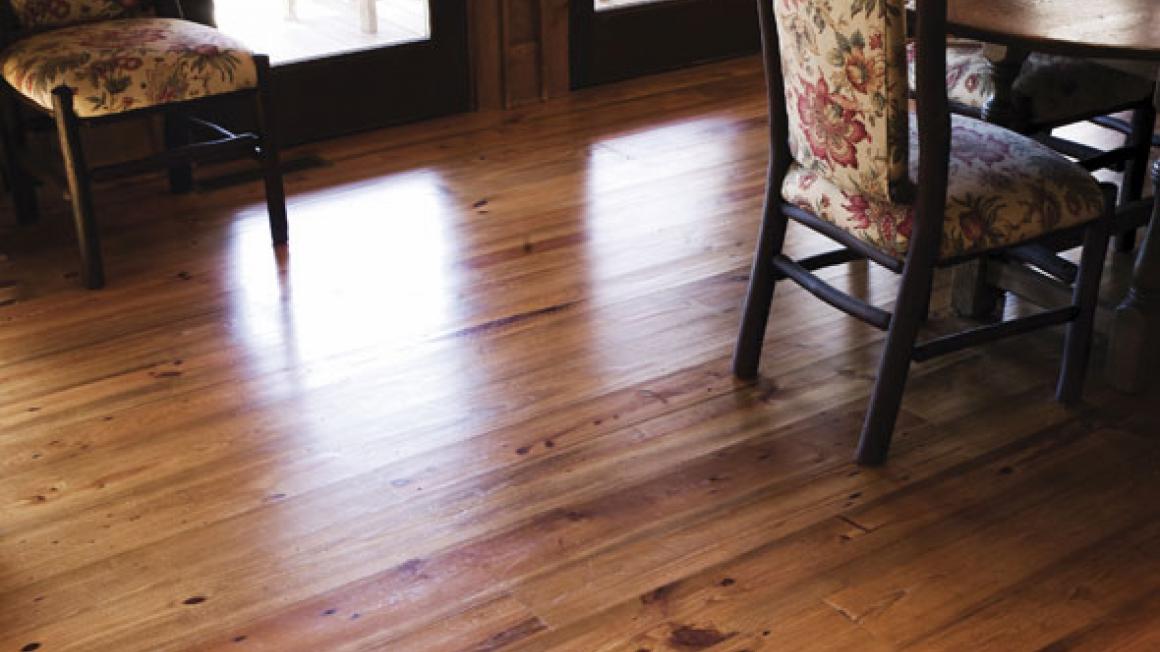‘Wine and Pine’
Many of them became professors or poets or pop stars. They did away with the ‘nets’ which used to cover the windows that fronted the street and replaced them with refurbished shutters.
They painted their sittingroom walls in shades supplied by Jocasta Innes – she had a shop in the area. They bought orange and brown chairs from Habitat and drank rough red Vins de Pays. And, most crucially, they threw out the fitted carpets and sanded the pine floorboards. It was the birth of what I like to call the ‘Yah, Wine and Pine’ period.
It is a style that, with a few variations, has stuck for decades; when did you last visit someone who didn’t have wooden flooring?
There was a misconception that these 1960s pioneers were bringing the floors back to the way they were, but the reality is that the Georgians and Victorians rarely left boards bare. By the 19th century, floors were usually covered in flat woven carpets known as Wilton and Axminster. They came in three-foot-wide strips that were hand-sewn together and then tacked around the edges of the room. The wealthy had large expensive rugs that would be taken outside and beaten – just look at the drawing room in Downton Abbey.
With the ‘Yah Wine and Pine’ period came sanding and varnishing, the boards liberally coated in the modern equivalent of orange shellac. The glow matched the new Welsh dressers and made everything look as though it was covered in shiny hair lacquer rather than the dull greyish tint the material really is when untreated.
The question I have been pondering is what to do with the floors at Rock House – and I have now reached a compromise. I will have some wooden floors, on the ground floor, but will tint them darker with a modern wax – I know, polishing will be a problem. But upstairs in the bedrooms, I will resist the trend to scratch my feet on coir matting and instead opt for the real luxury of some nice fitted carpet. I hope it catches on.
Next week: Should guests pay?


